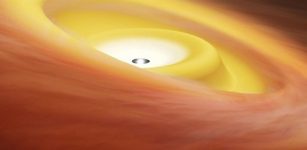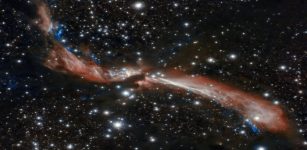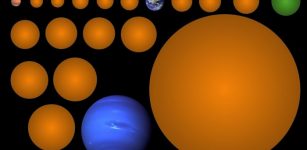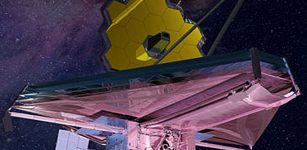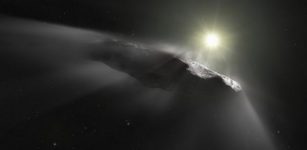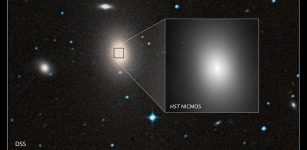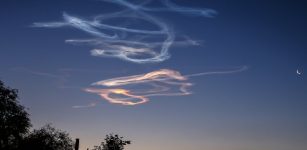Could Ice Spikes On Europa Moon Jeopardize A Spacecraft Landing? A Study Suggests So
MessageToEagle.com – In the early 2020s, NASA intends to launch a spacecraft that will orbit and possibly even place a lander on Europa, a moon of Jupiter – an object of much interest because it could harbor conditions that are suitable for the development of life.
The moon has an icy surface, and astronomers believe, based on numerous studies, that there may be oceans of liquid water under that ice. Where there’s water, there could be life – though likely in simple forms.
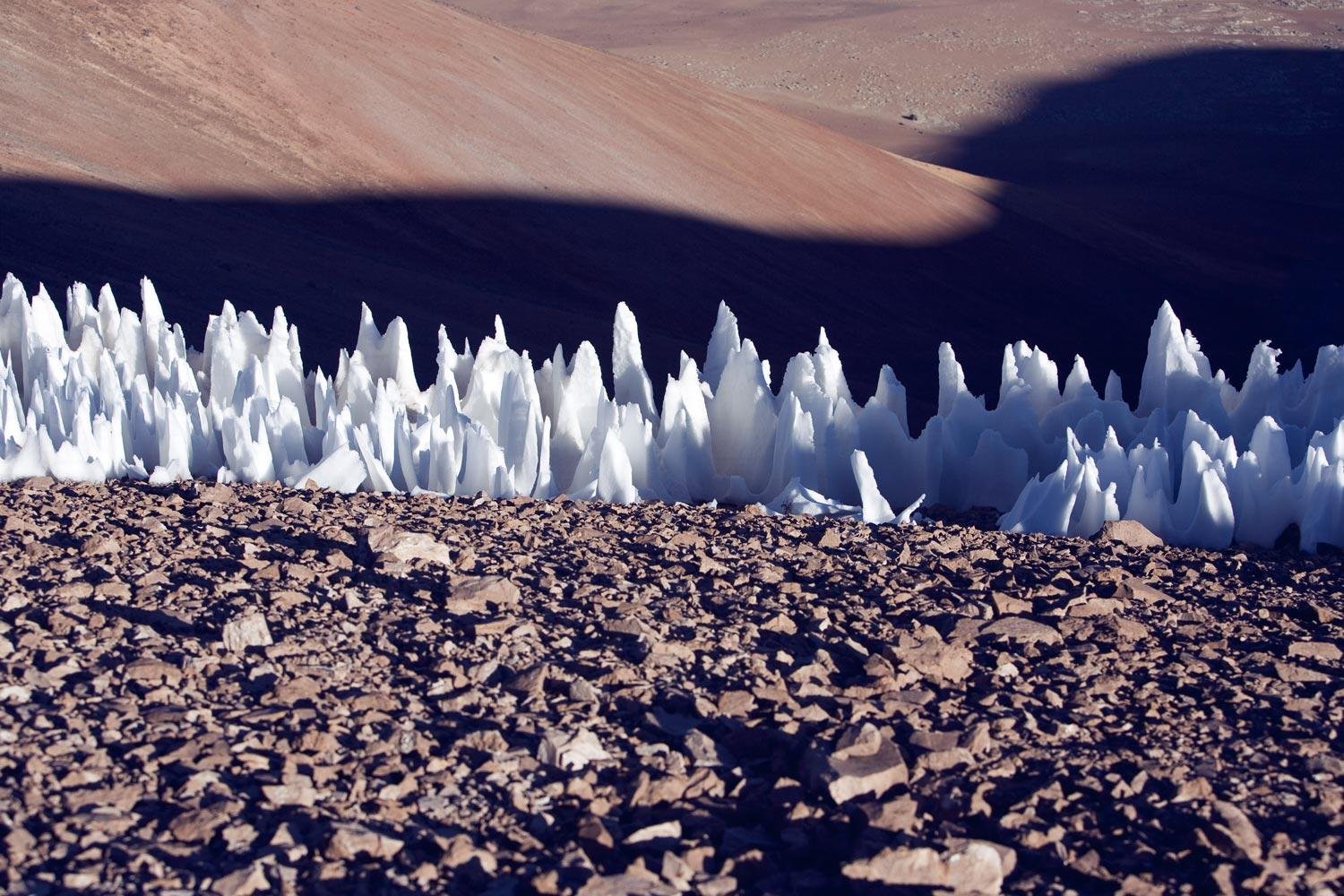
Called the Europa Clipper, the spacecraft will operate in a looping orbit around Jupiter to make repeating close flybys of Europa. The craft will be outfitted with a range of instruments to remotely survey and identify areas where liquid water might have reached the surface, possibly bringing with it chemical traces of life. The space agency also is considering landing a craft and conducting direct searches for water and life.
But where, exactly, should the craft land?
A new study indicates some serious potential hazards for a spacecraft landing along Europa’s equatorial region. The obstacles are ice spikes called penitentes – just like in some locations along Earth’s equator. These spikes may be closely spaced and as tall as 50 feet, making a safe landing for the Clipper difficult to impossible.
“Because of the spacecraft’s particular orbit, it would be most fuel-efficient to land along the equator, but our study suggests that it may be better to consider a landing nearer to Europa’s poles, even at the expense of requiring extra fuel,” Alan Howard, a University of Virginia planetary geologist, said in a press release.
Howars specializes in comparing geological features on Earth with those on planets and moons.
“Penitentes occur at some dry, very high-altitude locations on Earth’s equator in South America and Africa, where the sun shines directly down onto areas of ice – “cooking them. There currently is no way to know for sure if penitentes exist on Europa, and the new study’s conclusion is controversial in the research community,” Howard said. However, he believes the rates of sublimation likely exceed that of any space weathering that may be occurring.
“The point of the study is to make suggestions as to what hazards a landing craft might face on the surface during the landing,” Howard said. “We’re suggesting that perhaps it might be prudent to plan a touchdown at a location other than along the equatorial belt.”
MessageToEagle.com

